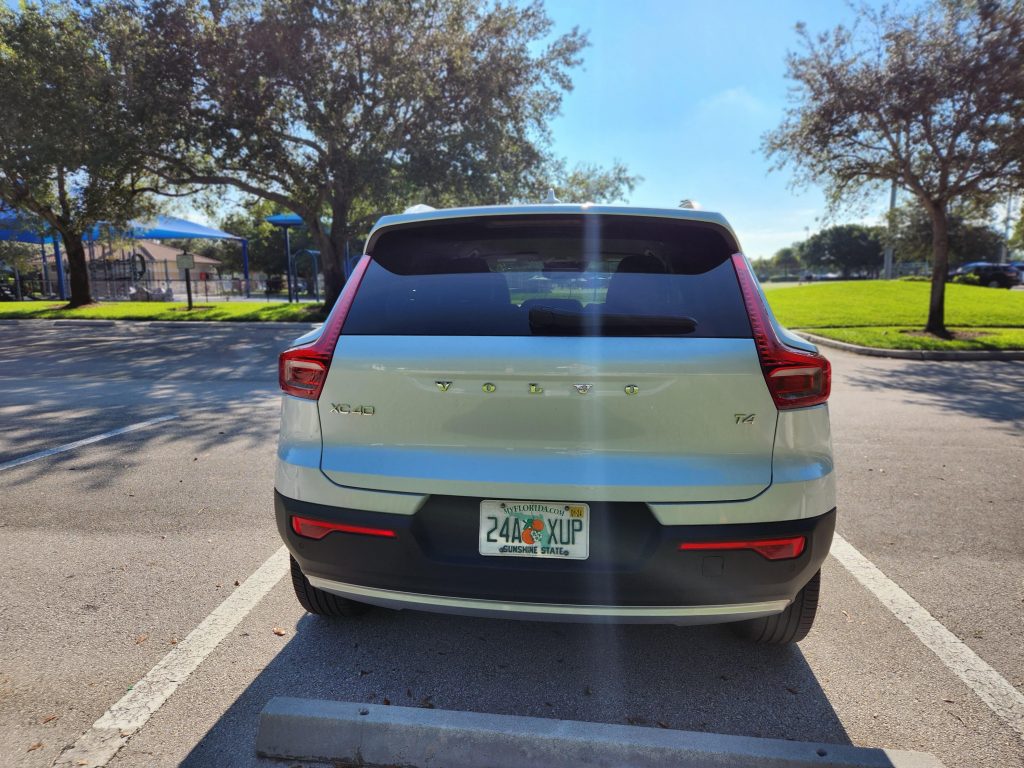If you are a DJ who uses rekordbox to manage your music library, you might want to sync your catalog and music files with cloud storage. This way, you can access your library from any device and have a backup in case something happens to your local storage. In this blog post, I will show you how to configure rekordbox with cloud storage using OneDrive or Google Drive.
Step 1 – Create Folders on Cloud Storage
The first step is to create a folder in your cloud storage where you want to store your rekordbox catalog and music files. For example, you can create a folder called “Rekordbox” and inside it create two subfolders: “Catalog” and “Music”. You can name them whatever you want, but make sure to remember them for later.
Step 2 – Map Drive Letters to the folders
The second step is to use the SUBST command in Windows to create virtual drives that point to these subfolders. The SUBST command allows you to assign a drive letter to any folder on your computer or network. This way, you can trick rekordbox into thinking that your cloud storage is a local drive (this is supported by rekordbox).
To use the SUBST command, open the Command Prompt as an administrator and type the following:
SUBST R: “C:\Users\YourName\Onedrive\Rekordbox\Catalog”
SUBST M: “C:\Users\YourName\Onedrive\Rekordbox\Music”
Replace YourName with your Windows username and Onedrive with Google Drive if you are using that service. Also, replace R: and M: with any available drive letters that you want to use for your catalog and music folders. You can check which drive letters are available by opening File Explorer and looking at the list of drives.
Step 3 – Point to new folders in Rekordbox
The third step is to configure rekordbox to use these virtual drives. Open rekordbox and go to Preferences > Advanced > Database Management. Click on the Change button next to the Database Location field and select the R: drive (or whichever drive letter you used for your catalog folder). Click OK and then Apply.
Next, go to Preferences > Advanced > Library Management. Click on the Change button next to the Library Location field and select the M: drive (or whichever drive letter you used for your music folder). Click OK and then Apply.
Step 4 – Drag and drop your music files to rekordbox
The fourth step is to add your music files to rekordbox. You can either drag and drop them from File Explorer or use the Import function in rekordbox. Make sure that you import them from the M: drive (or whichever drive letter you used for your music folder). This way, rekordbox will store the file paths as M:\Music\Artist\Album\Song.mp3 instead of C:\Users\YourName\Onedrive\Rekordbox\Music\Artist\Album\Song.mp3. This is important because if you use the full path, rekordbox will not be able to find your files if you switch devices or change your cloud storage settings.
Step 5 – Test it
The fifth step is to test your setup. Close rekordbox and reopen it. Check if your catalog and music files are still there and if they play correctly. You can also try accessing your library from another device that has rekordbox installed and has access to your cloud storage. Just repeat steps 2 and 3 on that device and you should be good to go.
Step 6 – Trigger a Drive Mapping on every Windows start
The final step is to make sure that the SUBST command runs automatically every time you start Windows. This way, you don’t have to manually enter it every time you want to use rekordbox. To do this, you need to create a shortcut that executes the SUBST command and place it in the Startup folder.
To create a shortcut, right-click on an empty space on your desktop and select New > Shortcut. In the location field, type cmd /c subst R: “C:\Users\YourName\Onedrive\Rekordbox\Catalog” & subst M: “C:\Users\YourName\Onedrive\Rekordbox\Music”. Replace YourName with your Windows username and Onedrive with Google Drive if you are using that service. Also, replace R: and M: with the drive letters that you used for your catalog and music folders. Click Next and give a name to your shortcut, such as Rekordbox Cloud Sync. Click Finish.
To place the shortcut in the Startup folder, press Windows + R on your keyboard and type shell:startup in the Run dialog box. Click OK and a folder will open. Drag and drop your shortcut into this folder.
That’s it! You have successfully configured rekordbox with cloud storage using Onedrive or Google Drive. Now you can enjoy the benefits of having a synced and backed up library across all your devices.
Versioning preserves prior snapshots of files changed by rekordbox

































































